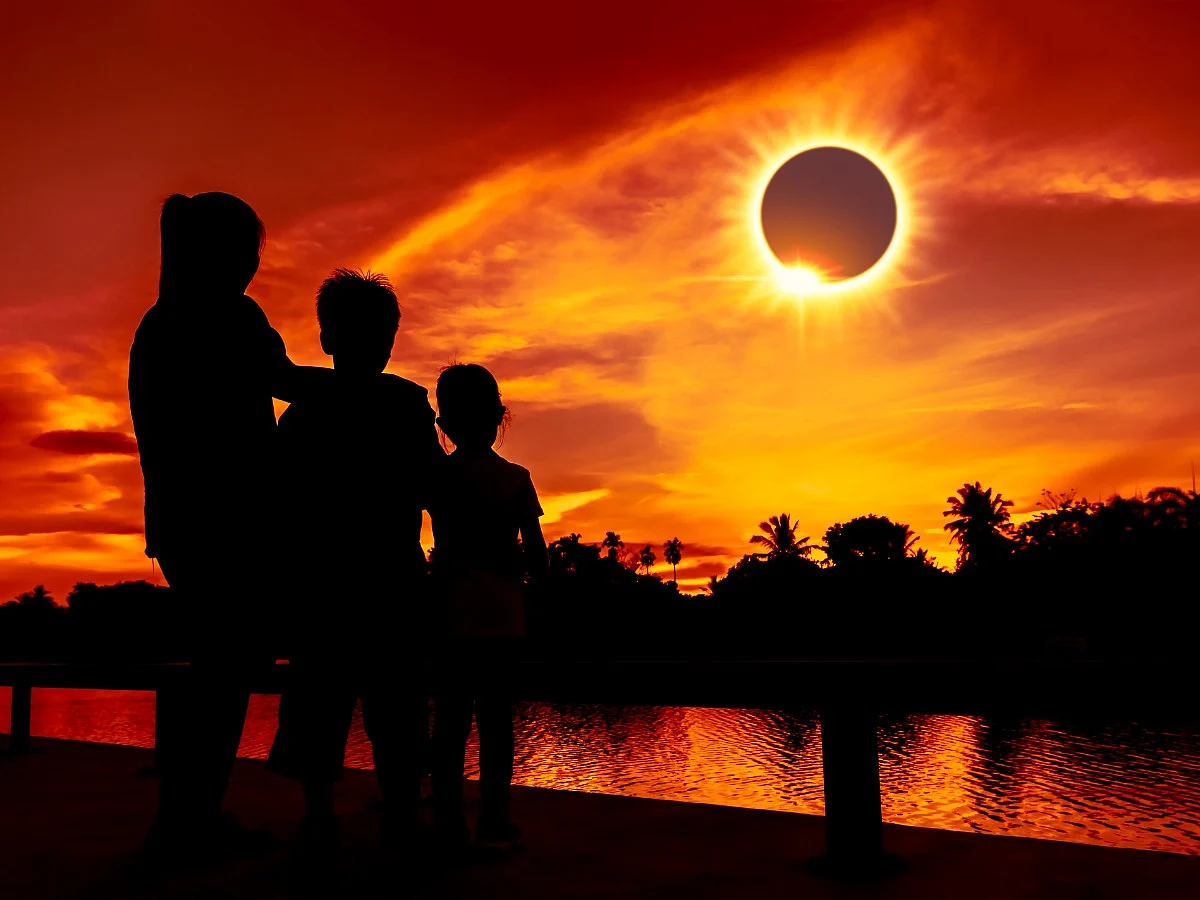Solar Eclipse 2023: Dates, Time & How to Watch Surya Grahan Safely?
There will be two solar eclipses in 2023 and two lunar eclipse. Know the date and time for solar eclipse 2023.

advertisement
A Solar Eclipse occurs when the Moon moves in between the earth and sun blocking the light of the sun that casts a shadow on some part of the earth. An eclipse is a celestial occasion when the appearance of the Moon or the Sun partially or entirely disappears.
In the year 2023, we will witness a total of four eclipses- two Lunar eclipses and two Solar eclipses. These eclipses will be visible from different parts of the world. However, you need to take a few precautions if you wish to watch the eclipse to prevent any damage.
Let's know the dates and time for the solar eclipses of India and also a few precautions as to how can you watch the eclipse without harming your eyesight.
Solar Eclipse 2023: Date and Time
The first Solar eclipse of 2023 will occur on 20 April 2023, Thursday, and the second will can be witnessed on 14 October 2023, Saturday.
According to the Indian astrological calendar, the Solar Eclipse on 20 April 2023 will begin at 07:04 AM and end at 12:29 PM. The Sutak period will be applicable in this Solar eclipse because it cannot be seen from India. The first solar eclipse will be visible from Australia, East & South Asia, the Pacific Ocean, Antarctica, and the Indian Ocean
As per Drikpanchang, Sutak period will not be applicable for both the solar eclipses this year.
How to Watch Solar Eclipse 2023 Safely?
You can watch the Solar Eclipses (Surya Grahan) easily by projecting the image of the Sun on a whiteboard by a Telescope.
According to NASA, it is not safe to look at the solar eclipse without eye safety or protection. It can cause life-long damage to the eyes and even lead to blindness.
You can use proper filters like black polymer, aluminized Mylar, or welding glass of shade number 14 to watch the solar eclipse safely.
If you wear eyeglasses, keep them on. You can put your eclipse glasses on over them, or use a handheld viewer in front of them.
You will have to stand still and cover your eyes with your eclipse glasses or solar viewer before looking up at the bright Sun. After looking at the Sun, turn away and remove your filter.
Do not look at the uneclipsed, partially eclipsed, or annularly eclipsed Sun with our naked eyes.
Do not look at the Sun through a camera, telescope, binoculars, or any other optical device while using your eclipse glasses or handheld solar viewer. It is because the concentrated solar rays can damage the filter and enter your eyes, causing serious injury.
Do not use homemade filters or ordinary sunglasses.
Make sure your solar filter is not scratched or damaged.
(At The Quint, we question everything. Play an active role in shaping our journalism by becoming a member today.)